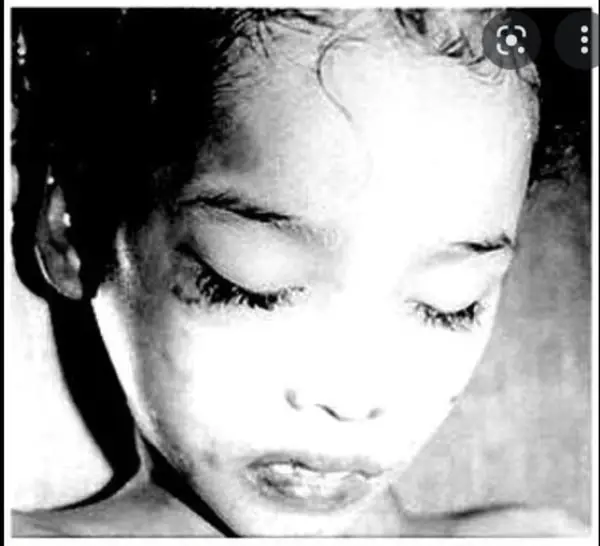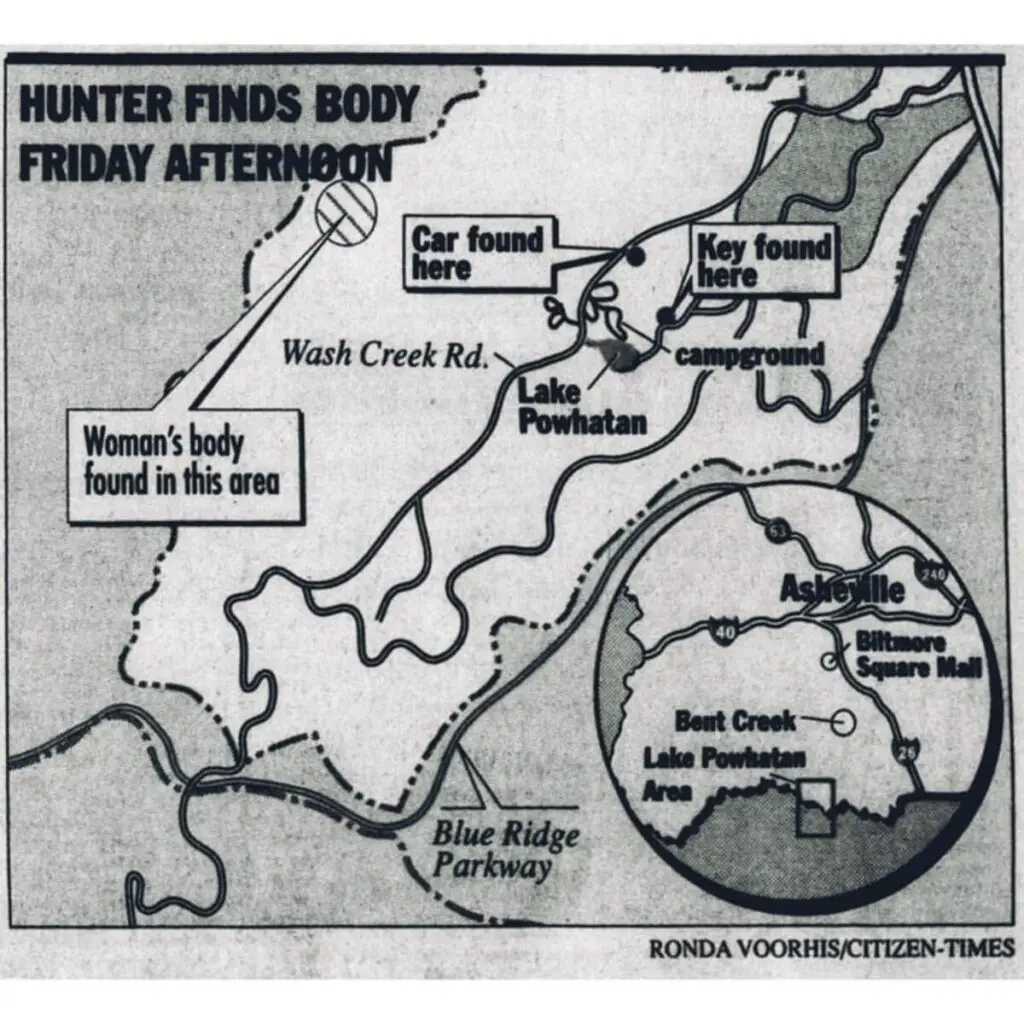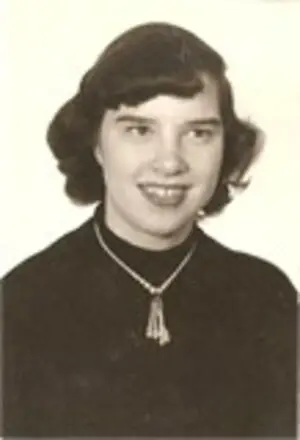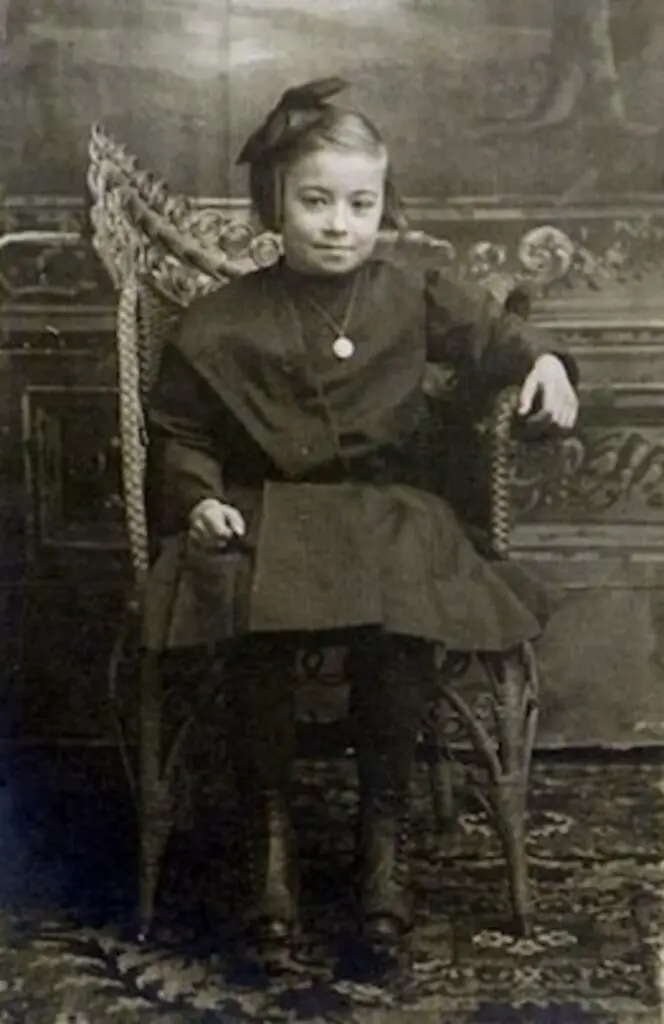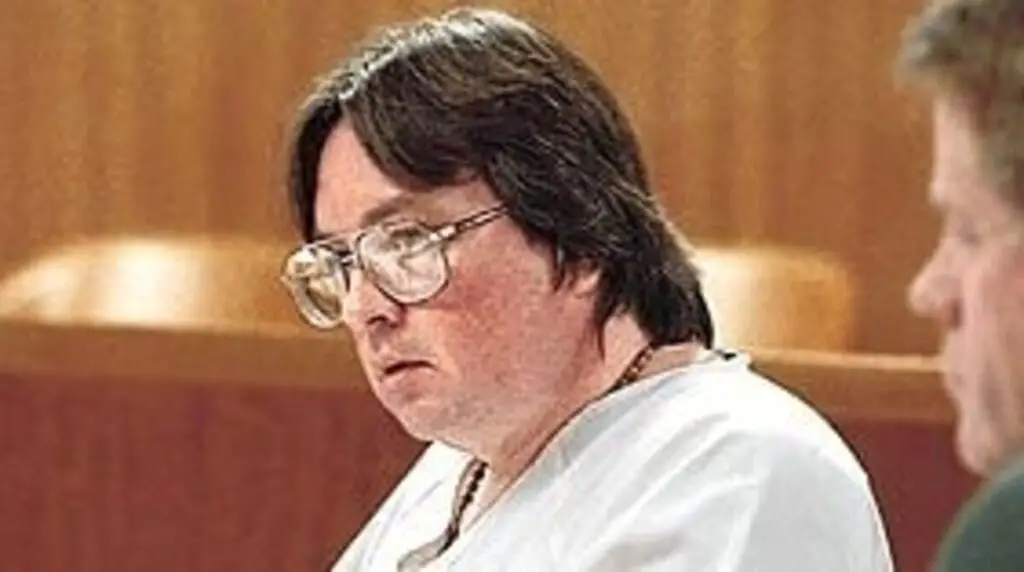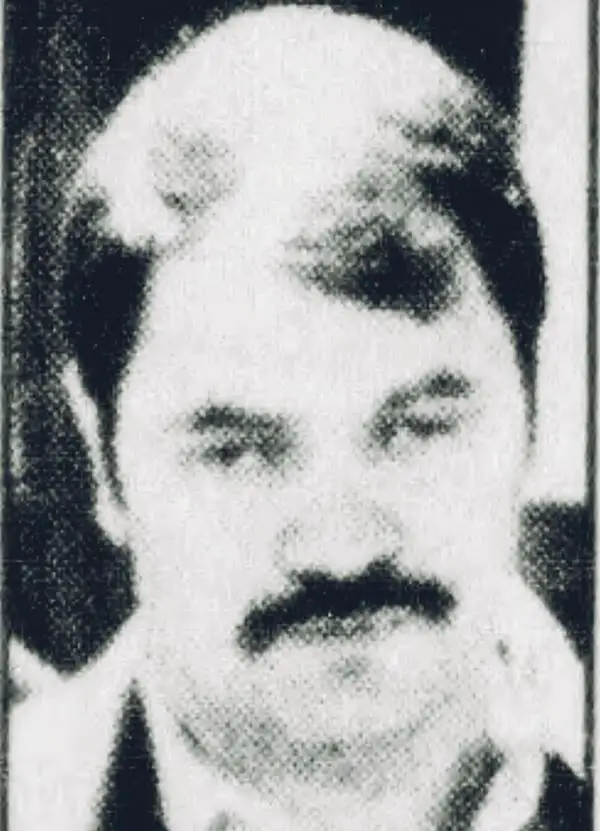Dying in a maximum security correctional facility is not a proposition that anyone looks forward to, but it happens way too often here at New Jersey State Prison. And when one person passes away, it directly impacts others, from their close friends and neighbors, to the officers and medical staff who have to handle their body.
Adding to the collective stress is how little we prisoners know about what’s happening in real time. When you’re locked in a cell, you have to rely on obstructed views, surrounding sounds and chatter to fill in the gaps. The same way I’ve trained myself to guess which correctional officer is on duty by the rhythm of his keys jangling, I’ve learned to interpret signs of a death.
I relied on this situational awareness on Sunday last September when a man passed away right below me. Here’s what happened: At about 5:00 a.m., the pounding of heavy boots ripped me out of my dreams. Adrenaline surged through my body, and pure instinct had me lacing up my sneakers. I had to be ready for anything — a raid, a cell search, a move or some other disruption.
I heard a sergeant yell, “Crack the gate!” Then came the sound of officers opening a single cell. This meant it wasn’t a unit-wide raid, and a wave of relief washed over me. It didn’t last though.
Our wing is four tiers high and 32 cells long. Some guys say it looks like the dog kennels on “Pit Bulls and Parolees.” Others say it looks like the storage units from “Storage Wars.” I think the setup is more like “Hollywood Squares.” Looking down through the bars in my door at an angle, I was able to watch correctional officers gather in front of the cell directly below mine. I thought about who was housed there and realized that it was Dale — a guy I had been locked up with for about 23 years and had come to think of as a friend.
“He’s not responding,” someone called out, making it clear that this was a medical emergency.
Next were more voices:
“He’s still unresponsive!”
“I’m starting chest compressions!”
“Call 911!”
During the nearly 30 minutes or so that it took for EMTs to arrive and make it through the security checks, staff performed CPR on Dale. From what I could tell, the EMTs tried to revive him for another half hour. Sadly, they could not save him.
I didn’t know why Dale passed away and I still don’t. It’s not like the powers that be came and told us whether he died of natural causes, COVID, an overdose or something else entirely.
Equally disturbing was knowing that his corpse remained in his cell long after the EMTs left. I knew he was in there because I didn’t see a body bag being wheeled out on a gurney. And the extra officer who came onto the wing and posted up in front of Dale’s door told another incarcerated man that nothing would change until the medical examiner arrived.
By this point it was about 6:30 a.m., and the wing was supposed to be opening up for the day. Each morning, before we can leave our cells, we have to wait for the shift officers to do the count and let us know every prisoner is accounted for. At about 7 a.m. they announced that the count had cleared over the PA system, but the wing officers didn’t let us out.
Men got antsy and started yelling. Some added a few colorful words to their requests. This continued for about 30 minutes until an officer yelled out the dreaded words: “We are on lockdown!”
Men started calling out to each other to figure out why. On a wing with 130 residents, the news of Dale’s death spread fast.
I don’t know what time the medical examiner arrived — I had gotten absorbed in rereading “A Game of Thrones” — but I know that she was there for about 30 minutes. When she left, I still hadn’t seen a body wheeled out, and the officer who had been called in to sit in front of Dale’s cell remained in place.
By 8:30 a.m., it was evident that only our wing was locked down. We were hearing callouts for recreation yard workers and religious services over the P.A. system, which meant the general population was running as normal. Meanwhile, the men in our wing couldn’t go to work, take a shower or go to church.
On a normal morning, we would have walked down to the mess hall to eat breakfast between 6:30 and 7. On this day, at around 9:15, the wing officers wheeled a meal cart down each tier and handed out Styrofoam trays of food. Only then did we accept that we really weren’t going anywhere. It got quiet, almost eerily so, and we entered a state of what I call “forced mourning.”
In the silence, I couldn’t stop thinking about Dale. He was well-known and well-liked by most people on the wing. It seemed almost disrespectful that his body was still in that cell hours after he died.
It was also kind of creepy. Every odd smell that passed made me think of his body rotting, even though common sense said that it couldn’t be doing so that quickly. I had to read and watch TV to take my mind off of it because if I let it, it would have driven me crazy.
At about 11:30, a gurney with a closed black body bag on top squealed its way down the wing. Finally, Dale’s body was being removed.
We were allowed to leave our cells at around 2:30 p.m. We had only been locked down for a few hours, but it felt like we were coming out of a monthlong confinement.
When guys were able to talk to one another in shared spaces like the mess hall, the waiting area for showers and the JPay kiosks, we began to tell stories about Dale. Most were nostalgic, but a few told jokes that made me think, Too soon! Sadly, that grim humor is how some guys deal with harsh times. Most of us here don’t know how to process grief.
When a man dies in custody, nobody comes around to take the temperature of the wing or ask you how you’re handling the loss. If you want nonemergency help, you have to fill out a psychology department request and put it in the mailbox or send it via JPay email. It can often take a week or two before someone will respond, and private counseling sessions are rare. That could mean someone from psych talking to you through the bars of your door.
Given these limited coping tools, we get creative. One guy did a really special thing to honor Dale. Using colored pencils with the tips softened by warm water, he “painted” a banner with Dale’s name and the date in stylized block letters. He added a dove and some stars with lots of colors and flourishes. It looked like the artist had made it with an airbrush.
He had to have made the banner that morning while we were locked down because I saw it when I came out for a shower at 2:30. This banner served two purposes: It was a way for the artist to honor his friend, but it also blocked the view inside Dale’s cell so that someone with sticky fingers wouldn’t be tempted to do a little “light shopping.” I found that to be a strangely endearing moment in a dismal place.
Sadly, as this story was going through the edit process, I learned that a man committed suicide in the housing unit connected to mine. I did not know him personally, but I work and socialize with several men who did. I could see a bit of depression etched on their faces when they talked about the guy. All deaths feel sad in here, but suicides are the saddest.
I don’t want to die in prison. Nobody does. But as we age and face crises like COVID, death seems more commonplace. Since the 2020 lockdown, we’ve had five men pass away from my unit alone, including two who were taken elsewhere for treatment before they died.
With each death — and with every grisly guessing game we must play to figure out what happened — I lose a little something inside of me. Every loss is a reminder that we are all slowly dying inside.
First incarcerated at age 18, Thomas Koskovich is 46 years old. When he is not working as a teachers’ aide, he is reading sci-fi and fantasy novels, writing and trying to find something new to learn each day. Koskovich was originally sentenced to death for homicide, but the sentence was overturned through appeals. He is currently serving two consecutive life sentences plus 30 years for double homicide and armed robbery at New Jersey State Prison and won’t be eligible for parole until 2067.
A spokesperson for the New Jersey Department of Corrections stated that it is “consistent with NJDOC policy and federal not to disclose privileged medical information.” Regarding details about psychology department requests, the spokesperson stated that requests can also be made verbally to the custody staff, ombudspersons or nursing staff who deliver medications daily. They added that “staff from Rutgers UCHC [University Correctional Health Care] have 24 hours to triage the MH [mental health] request. The triage determines the urgency/severity of the inquiry and may then schedule a full response/appointment from immediately to up to 7 days.”












